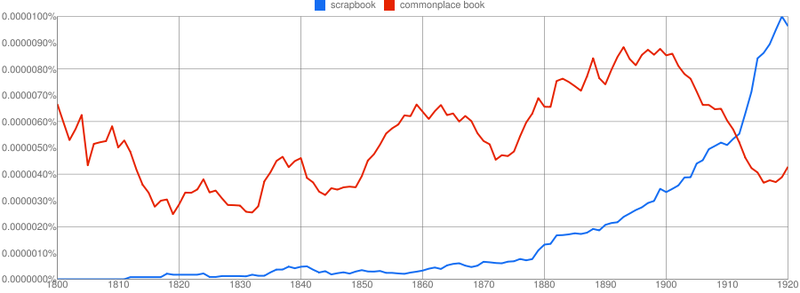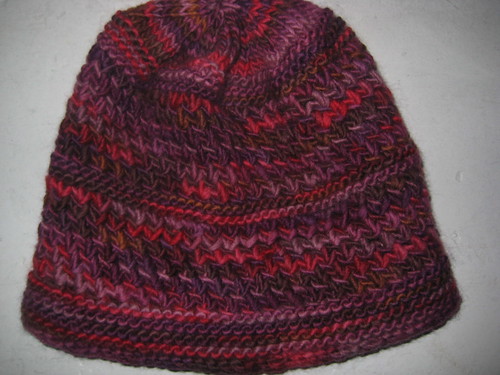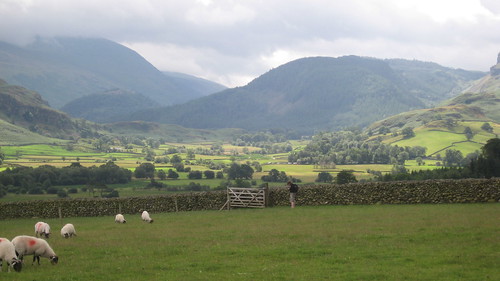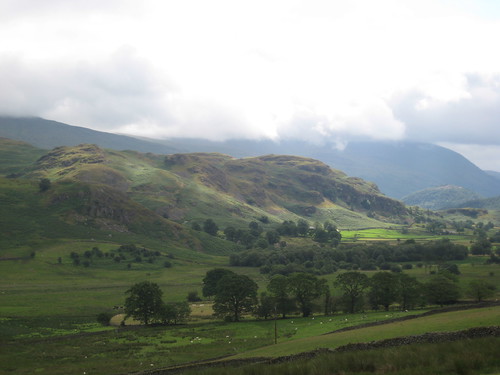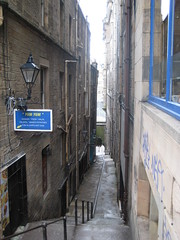(This is a semi-stream-of-consciousness post. I'm thinking out loud rather than posing a question I have real answers to. But it's been on my mind lately; if any of you have any better answers than I do, have at it in the comments!)
A couple of the people I follow on Twitter posted links today to Heather Wilson's recent Washington Post article "Our Superficial Scholars," a dispiriting view of recent Rhodes Scholarship applicants as hyperspecialized and unused to thinking about larger questions. Then I scanned the New York Times forum on the question "Does college make you smarter?"—which cites the recent book Academically Adrift, a report on how little college students are learning—and was struck by Leon Botstein's response:
All many [high school students] know is rote learning, and fear of mediocre standardized tests and grades. No vital connection between learning and life has been forged in our schools, much less any affection for voluntarily using one’s mind in the rigorous, sustained and frequently counterintuitive way that leads to innovation and the advancement of knowledge.
But our colleges and universities do pitifully little about combating student passivity and absence of curiosity. … Since the specialized and competing interests of faculty from disparate fields seem hard to reconcile, all but a handful of institutions fail to have significant programs in undergraduate general education designed to equip students with serious skills, inspire them to raise their sights and help them discover what they might be interested in.
Partly I wonder if things are as bad as that. I suspect that on a large number of campuses you can find both deeply engaged students and students who aren't learning much. As one Twitter friend said of Wilson's article, "Always mildly suspicious of decline narratives. Faults don't ring true."
But I've also seen that lack of interest in one's own education in quite a few students myself. (Not so much since I became a librarian; the students I see in the library tend to self-select for engagement with learning.) It used to depress me a lot back in my previous life teaching freshman writing. There were always students who were interested in the larger world and who seemed to like learning new things, but there were also always students who just didn't seem curious about anything. And it was the lack of curiosity that really worried me, partly because I don't think you can really get an education with that attitude, partly because it just seems like a dull and miserable way to go through life.
But I can't really blame them, because if your entire education to date has been about jumping through a series of hoops all designed to lead up to the larger hoop of a college degree that will get you a decent job, it's not surprising if you haven't developed the habit of wondering about the world, of contemplating and looking closely and reflecting and asking questions. (This cartoon is in the back of my mind as I write.)
So I've been thinking about how to foster curiosity in students who maybe have never been encouraged to be curious, and what libraries might do about it. I would love to see some kind of program for small, customized research projects along the lines of "Figure out something you're interested in. Explore that topic. Talk to your librarian about how to do that. Let your exploration take you into other subjects you wouldn't have thought to investigate. Then talk to your fellow students about what you've discovered." Libraries are fabulous places for doing that kind of open-ended exploration, but I think there need to be ways to encourage students to do that—not for a grade—as well as to provide the raw materials for their research.
I'm also wondering if one of the pedagogical techniques I adopted while teaching literature might also be adaptable to a library context. If I wanted to get students thinking a bit more laterally about a given text, I'd have them all look at it for a few minutes and write down an observation or two. Then we'd go around the room and each student would have to find a way to connect his or her own observation to what the previous student had just said. Something about the "Here's an observation; here's an observation; now connect them" structure always seemed to push the discussion out of familiar territory. I wonder if that structure might also work to encourage research exploration as well.
And I'll stop there. Reader, what do you think?

